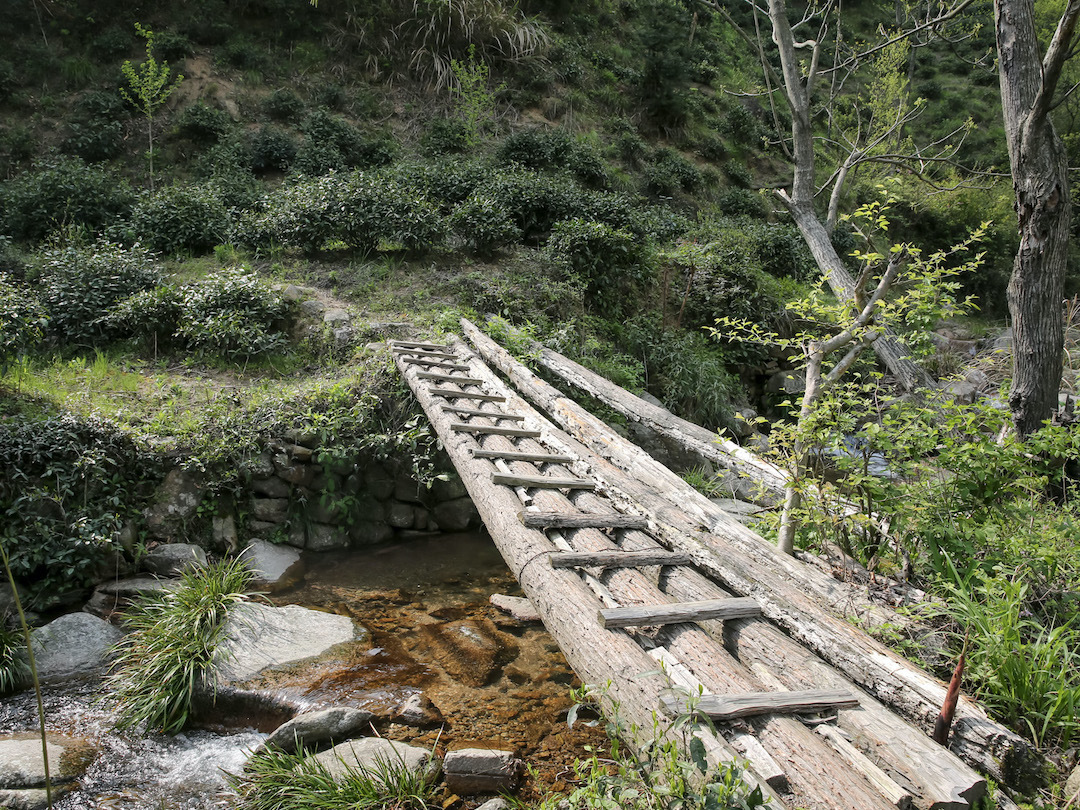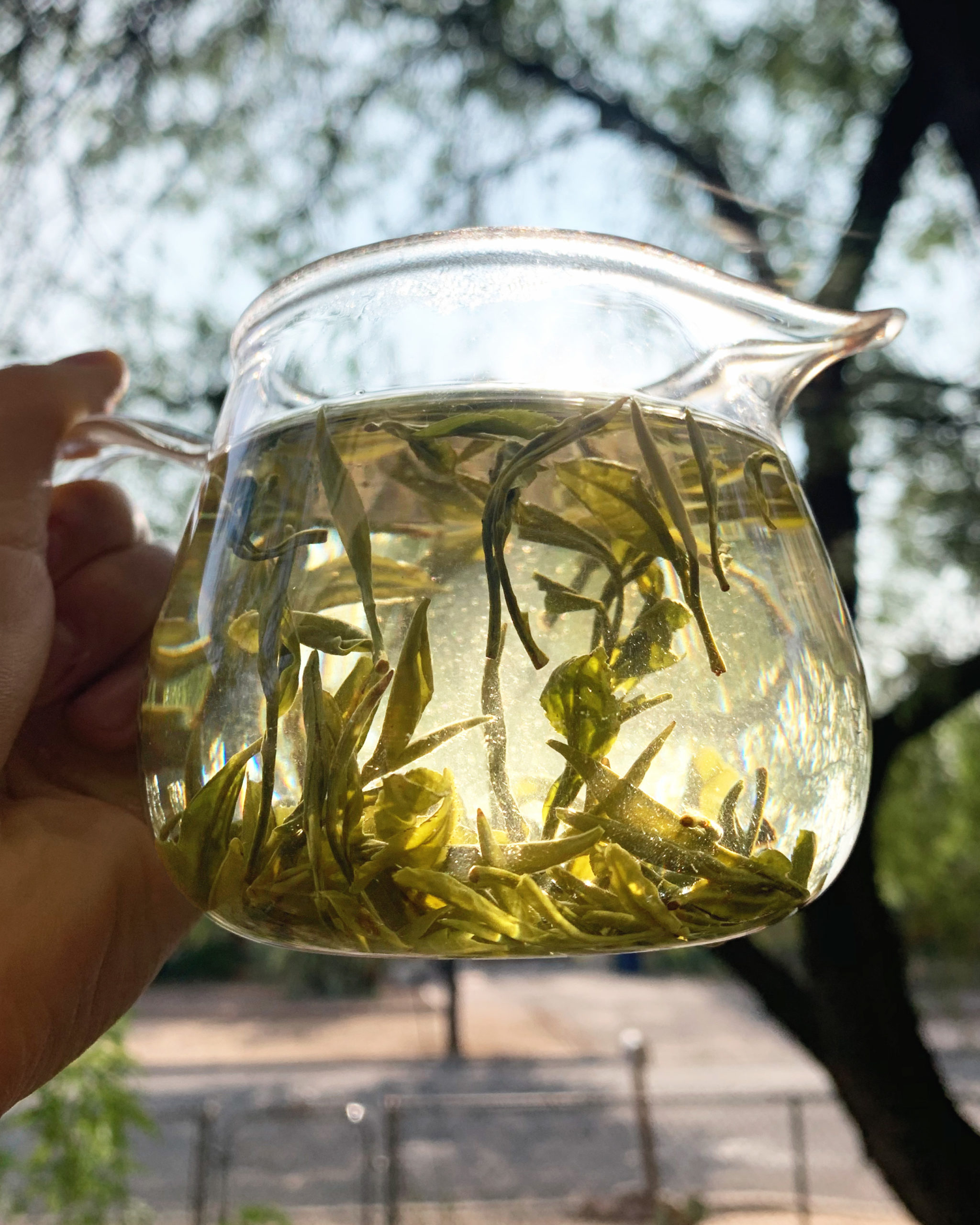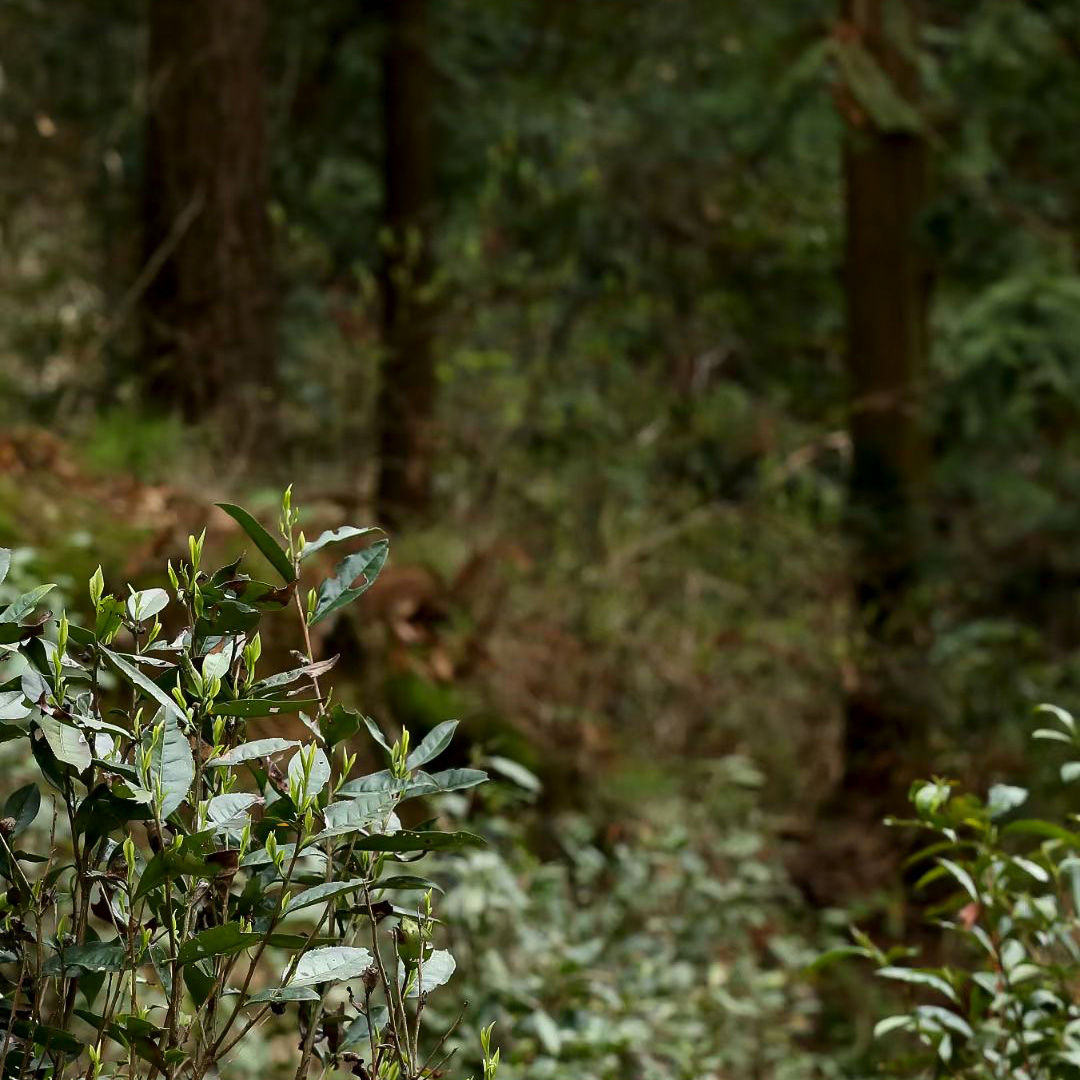Newsletter Archive Feb. 18, 2022

What is the oldest style of pan-fired tea in the world?
Huangshan Maofeng has an arguable claim to that title.
The story of modern tea processing starts with a rebellion and a ban.
The rebellion is that which brought the ascendance of China’s Ming Dynasty in 1368 CE and its first emperor, Zhu Yangzhang, a remarkable figure who climbed to leadership from destitution as a peasant.
The ban was a decree from this first emperor to outlaw compressed cakes of tea. At the time, tea was not an infusion made from whole leaves, but rather an emulsion made by grinding these cakes into a powder. This form goes back at least to the Tang Dynasty. By the Song Dynasty, it had become a fine powder like modern matcha.
The new Ming emperor regarded the compressed cakes as a valuable shadow currency and threat to imperial power. With the ban of compressed tea cakes, the tea-making industry was thrown into chaos for around a hundred and fifty years as it searched for a new method of production.

That method came from a monk living in the Song Luo mountains in what is modern day Anhui, not far from Huangshan.
The Song Luo process is still the basis for all modern loose-leaf tea making. Its original steps included plucking, sorting, withering, fixing by pan frying, rolling, roasting, and another round of fine sorting. The machinery may be different these days, but Song Luo’s process is the same general steps you’d follow to make a modern green tea like Anji Baicha. Other contemporary styles are variations of these steps. Black tea, wulong, white tea and yellow tea all owe it to Song Luo.
No one knows what the flavor of Song Luo’s original tea was for sure, but given Huangshan’s proximity to the area where he worked, the wispy two leaves and a bud of Huangshan Maofeng is viewed as a pure successor of Song Luo’s historic process with few major changes over the last half a millennium.
Leaves from the local heirloom Quntizhong tea bushes of Anhui give it even further claim to preserving the historic taste of tea from this area.
Mellow, sweet, clear enough to read a bible through. It’s one of the great teas of the world and maybe also the most subtle.

We have some personal history with Huangshan Maofeng, too.
The Wang family’s Huangshan Maofeng is one of the longest standing teas in Seven Cups’ catalog. Austin’s first trip to the Wang family’s cliff-side tea factory was in 2006 and we’ve imported their teas every year since then.
You can read more about Wang Fangsheng and Wang Huizhou and their own remarkable heritage as tea makers and inventors here.
